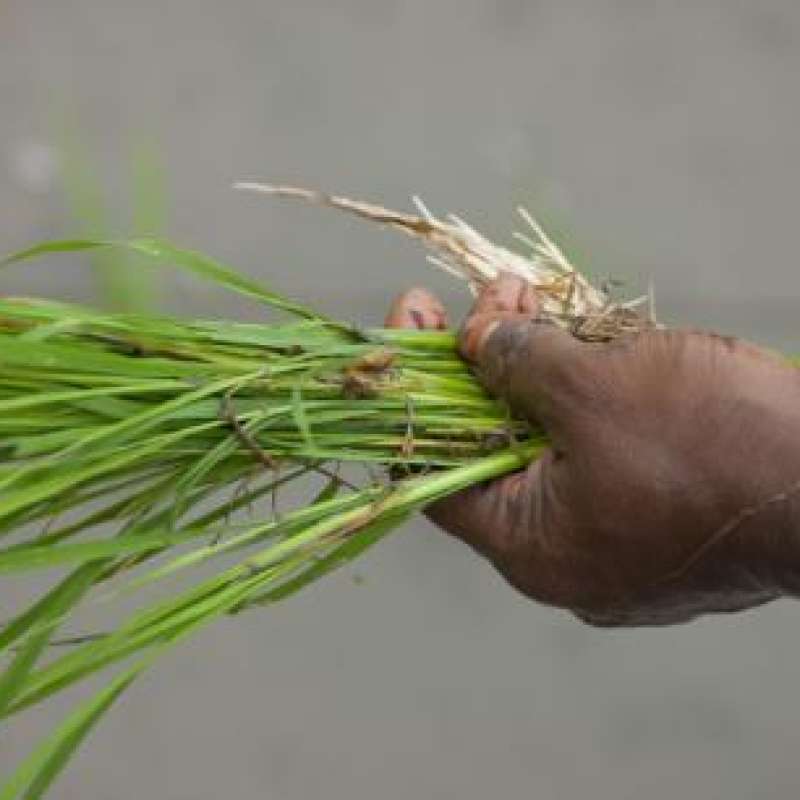Project Implementation
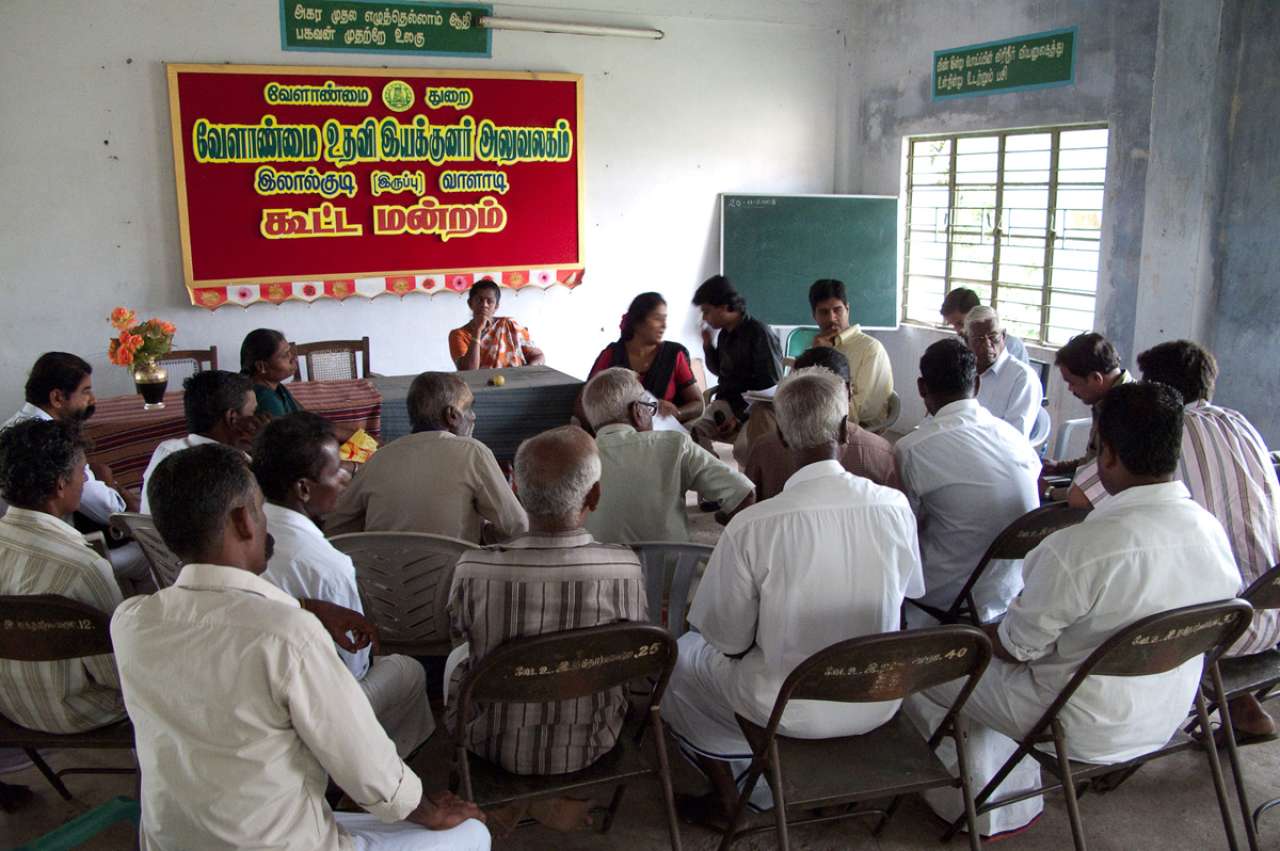
ClimaRice work meeting
The project implementation is a dynamic process with stakeholder participation in all the phases. The project tasks will be targeting the needs of the stakeholders. The aim is to develop adaptation strategies together with stakeholders, that are simple and can be easily adapted by local farmers.
Work Package 1: Testing uncertainty in regional monsoon precipitation projections.
The main objective is reducing the climate models' uncertainty in regional monsoon precipitation and temperature projections and to develop a framework that will offer a remedial solution for policy makers.
WP leader: IPRC, Hawaii
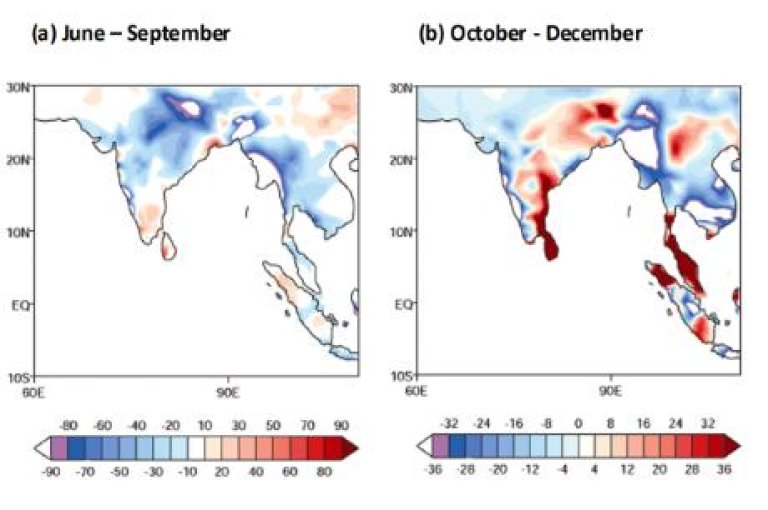
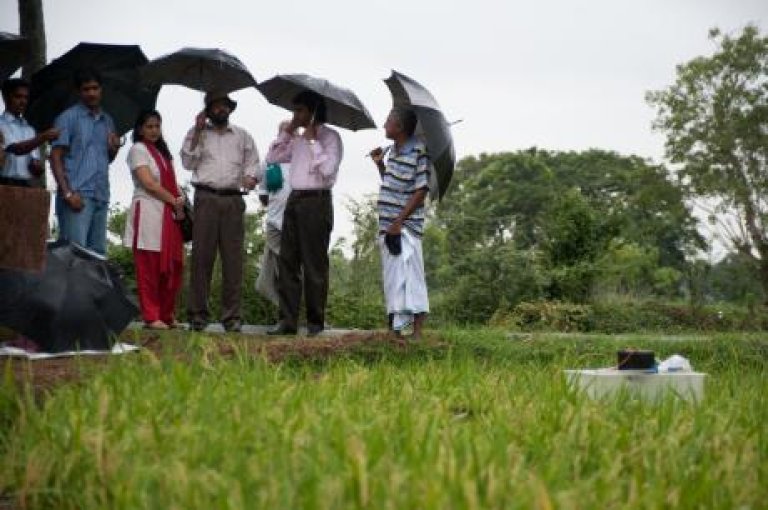
Work Package 2: Development, demonstration and implementation of adaptation measures
Main objectives:
- Development of a range of adaptation strategies to increase the water and nutrient use efficiencies and to understand the pest dynamics for ecofriendly management in tune to future climate
- Demonstrate and implement the specific adaptation measures in selected farms to adjust and integrate appropriate adaptation measures in order to reduce climate change vulnerability in the selected river basins areas
- Develop an inventory of agriculture based offset credits to enable carbon trading by by farming community
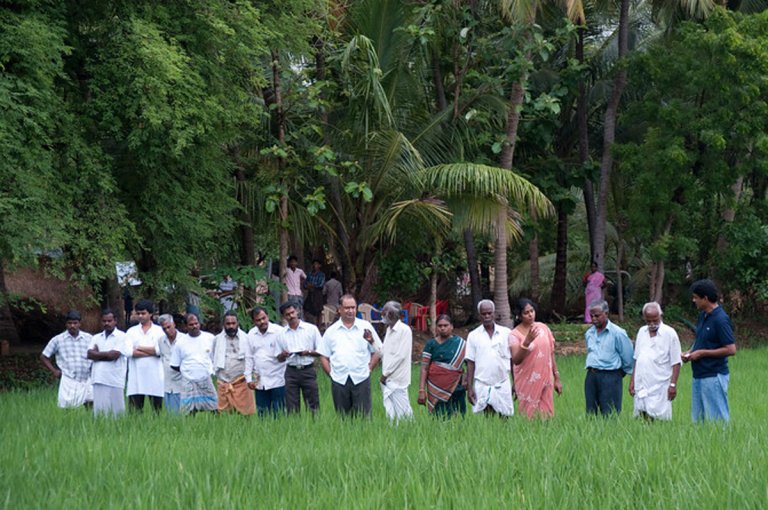
Work Package 3 – Mainstreaming adaptation into regional climate change adaptation programs and strengthening institutional capacity
Main objectives:
- This component aims at integrating and mainstreaming climate change adaptation into the local adaptation program. This will include a series of capacity building workshops, technical assistance to managers, knowledge sharing, and awareness activities
- To foster active working relationships between scientists, managers, policy makers and farmers in the case study areas, and ensure effective uptake of the project outcomes
WP leader: NIBIO
Work Package 4: Integration of various project components
Main objectives:
- Integration of all project components by using information from WPs 1, 2 and 3
- Defining the most promising and optimal adaptation strategies, both in terms of livelihood security and hydrological sustainability as a consequence of climate change
This component will provide the main outcomes of the project. Through interaction with policymakers and stakeholders the projects aims to find practical and applicable adaptation strategies. By incorporating the local farmers and their livelihood situation combined with hydrological quantification at the basin scale, an iterative way of defining and ranking adaptation strategies will be feasible. This is illustrated in figure 1.
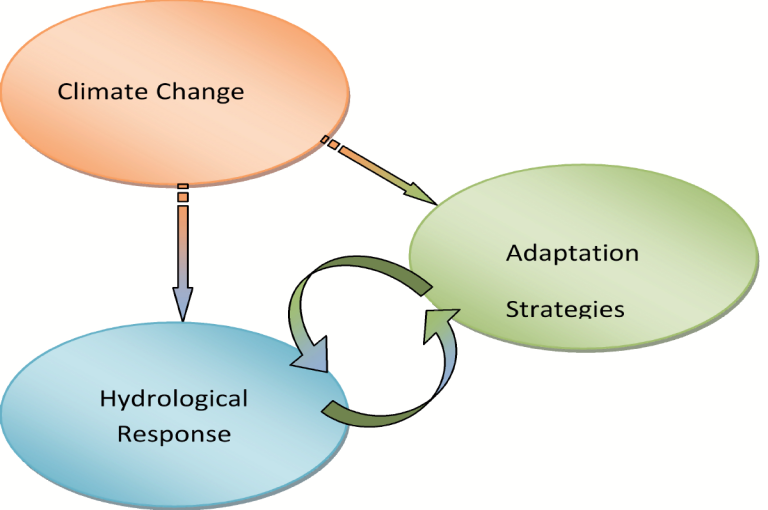
WP leader: NIBIO, inputs from all partners
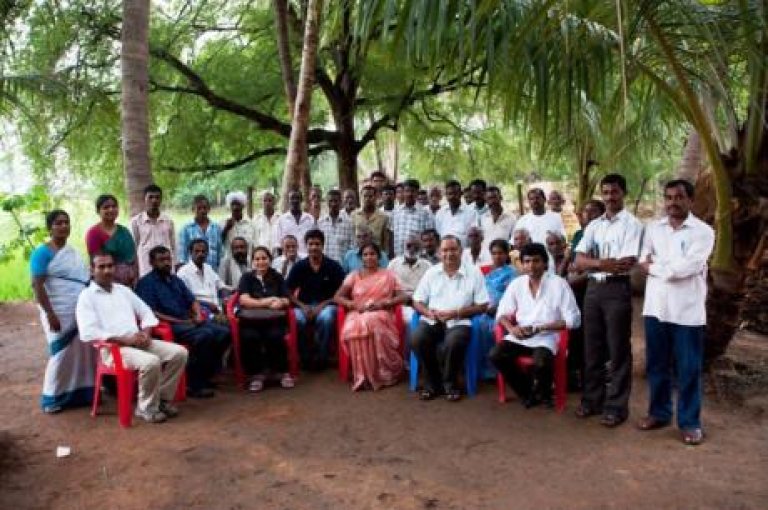
Work Package 5: Dissemination and Project Management
Main objectives:
- Determine, in close collaboration and dialogue with the appropriate management institutions and stakeholders, how the adaptation measures can best be implemented
- Ensure co-operation between the project team and local and regional management, stakeholders and other relevant on-going projects in the region
- Ensure a smooth running of the project, including maintaining the contact with all project partners and reporting to the Royal Norwegian Embassy, New Delhi
- Ensure that the results of the project are disseminated to stakeholders
WP leader: All partners responsible

